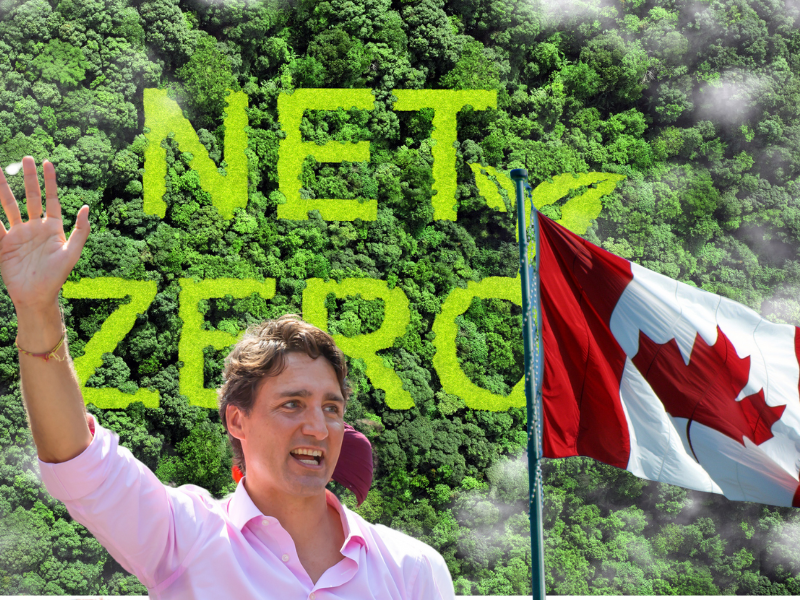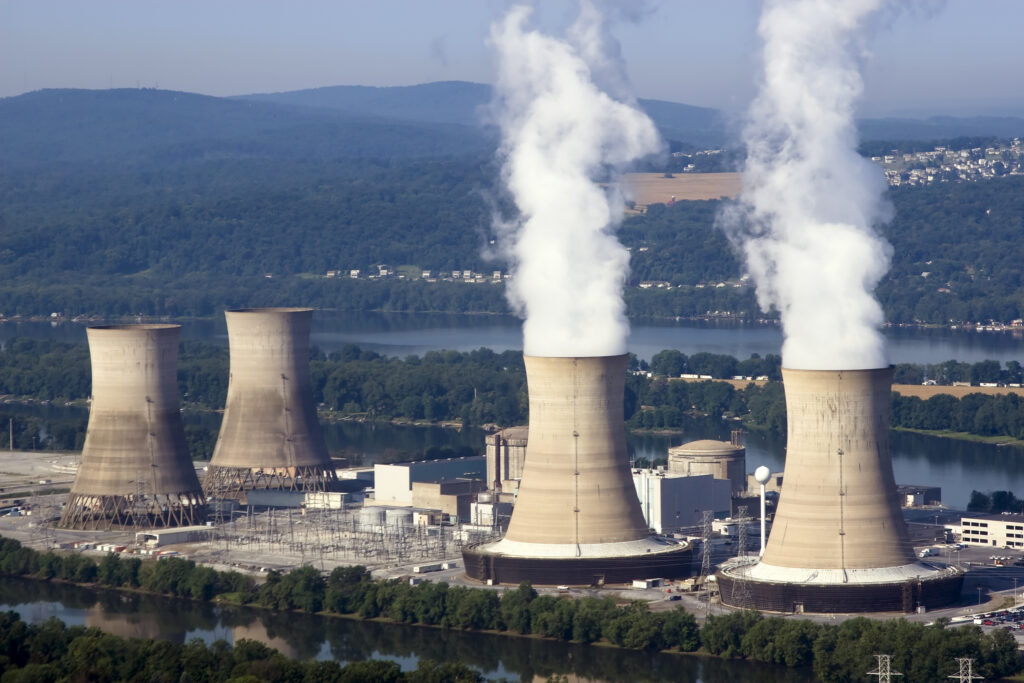Add Chile to the growing list of countries whose governments are suffering a backlash as average people, tired of elites forcing costly climate policies down their throats, take to the streets to protest higher energy costs. Although there are undoubtedly many issues stoking the protests and sometimes violent riots on the streets of Santiago, Chile and other Chilean cities and towns, even the liberal Washington Post acknowledges the spark that ignited the public’s passions, driving them to take to the streets, was the government’s decision to curry favor with Western governments and international agencies by pushing expensive energy restrictions to fight purported climate change.
The article in the Post states,
[T]he catalyst [behind the protests] was a proposal to raise public transport fares and energy bills. There is ample evidence from across the world that these will incite rebellion like nothing else—a point that those who hope to reduce greenhouse-gas emissions via a carbon tax should bear in mind. The violent protests of the Gilets Jaunes in France were over higher gasoline taxes, which were seen as penalizing car-dependent people in the provinces while favoring metropolitan elites. Mexico in 2017 saw riots and protests against what was known as the “gasolinazo,” a 20 percent rise in fuel prices that was a part of the government’s partial privatization of Pemex, the monopoly state oil company. Last year, Brazil was rocked by protests and a strike by truck drivers in response to fuel shortages and a sharp increase in the price of diesel.
In a May issue of Climate Change Weekly, months before Chile began to burn and the Washington Post took notice, I noted climate politics in the United States and abroad had turned decidedly skeptical in recent years.
In the United States in 2016, voters elected a noted climate skeptic, Donald Trump, as president of the United States. In very short order, he kept his campaign commitment to withdraw the United States from the Paris Climate Agreement. In progressive Washington State, voters in 2016 and again in 2018 directly rejected referenda that would have imposed taxes on carbon dioxide to fight climate change, and in Colorado voters rejected an initiative which would have imposed new restrictions on oil and gas production.
Abroad, starting perhaps with the French yellow vest protests, energy-restricting climate policies and the political parties supporting them have also been taking a beating, sometimes on the streets, certainly at the polls. As I wrote in May, “From Alberta to Australia, from Finland to France and beyond, voters are increasingly showing their displeasure with expensive energy policies imposed by politicians in an inane effort to fight purported human-caused climate change.” For example, months of sometimes violent protests forced the French government to rescind its stated plans to impose higher taxes on gasoline and electric power to pay for its climate policies, and Australia’s prime minister was forced to resign after energy prices rose and electric power blackouts occurred as a result of the country’s climate policies. New political parties arose, running explicitly on platforms embracing anthropogenic climate change skepticism and supporting the continued used of fossil fuels, and promptly won seats in parliaments in the Netherlands and Finland.
That brings us to Chile, where, despite relatively low coal, natural gas, and oil prices,—prices that have fallen significantly over the past decade—the government hiked fares on public transit and electric power fees across the nation to pay for a forced transition away from inexpensive fossil fuels to expensive, less reliable renewable energy. Chile’s energy price hikes came after the government volunteered to host the next round of U.N. climate meetings and treaty negotiations when Brazil, under its recently elected climate realist government, backed out of hosting the international climate summit.
Chilean President Sebastian Pinera’s green virtue-signaling came at a high cost to the public, and now a high cost to his government as well. In response to the riots and persistent protests, Chile has been forced to put troops on the streets and cancelled its plans to host the 25th Conference of the Parties to the United Nations Framework Convention on Climate Change (UNFCCC), scheduled for December 2. This leaves the UNFCCC scrambling to find a new host government and city on very short notice for such a meeting, considering the thousands of climate diplomats, bureaucrats, and nongovernmental organization representatives who attend such meetings.
Because I can say it no better, I leave you with my Heartland Institute colleague James Taylor’s comments on the lessons to be learned from Chile’s riots over energy price hikes:
Climate activists and the United Nations are suffering a major black eye this week as protests and riots resulting from high energy prices have erupted in Santiago, Chile.
The Chilean protests, like the Yellow Vest protests that erupted in France a year ago, highlight how out of touch the international climate class is with the people they seek to govern and control. Faced with a choice between suffering certain lower living standards today or dealing with speculative climate change in the distant future, people wisely choose the latter.
That will continue to be the case until predicted climate harms actually materialize €and negatively affect people, or until wind and solar power can economically compete with conventional energy. So far, neither has been the case.
— H. Sterling Burnett
SOURCES: Climate Change Weekly; Climate Change News; Epoch Times; Washington Post
IN THIS ISSUE …
Farming is changing the weather in corn country … Urbanization leads to heavy rains in China
FARMING IS CHANGING THE WEATHER IN CORN COUNTRY
The journal Science is reporting on a new study in the journal Geographical Research Letters which concludes farming in the corn belt of the central United States, stretching from the panhandle of Texas up to North Dakota and east to Ohio, is actually changing the climate there, with summer temperatures falling by as much as a degree and rainfall increasing by up to 35 percent, a larger spike than anywhere else in the world. During this climate shift, the amount of corn harvested in this region annually has increased by 400 percent since 1950, from two billion to 10 billion bushels.
To determine whether corn farming could be affecting the decline in temperatures and increase in rainfall across the region, researchers at the Massachusetts Institute of Technology (MIT) used computers to model five different 30-year climate simulations, comparing “simulations with high levels of intense agriculture to control simulations with no agricultural influence. Unlike the real-life climate changes, the control simulations showed no change in temperature or rainfall. But 62 percent of the simulations with intense agriculture resulted in temperature and rainfall changes that mirror the observed changes.”
The MIT researchers then compared these results to historical simulations from computer models operated by the World Climate Research Programme (WCRP), counting greenhouse gas emissions and other natural and human influences as forcing mechanisms for climate change, but not accounting for changes in agricultural activity. WCRP’s models failed to accurately portray the climate changes in the U.S. corn belt, projecting temperatures there should have increased, rather than falling, and rainfall should have increased much more modestly (4 percent) than has actually occurred (35 percent). After the MIT team ruled out other possible factors, it concluded it was highly likely farming itself is changing the climate on the Great Plains.
The MIT team speculates increased water vapor across the region comes from improved photosynthesis, as plants taking in more carbon dioxide also release more water through their stoma. Another factor could be the increased use of large-scale irrigation.
“‘The [influence] of agriculture intensification is really an independent problem from greenhouse gas emissions,’ says Ross Alter, lead author of the study, … a meteorologist with the U.S. Army Corps of Engineers,” reports Science. “In fact, Alter says, heavy agriculture likely counteracted rising temperatures regionally that might have otherwise resulted from increasing greenhouse gas emissions. One other place that shows a similar drop in temperatures, he notes, is eastern China, where intensive agriculture is widespread.”
This is the first time researchers have directly compared the influence of greenhouse gas emissions to agricultural activities to account for regional climate changes across the central United States, Nathan Mueller, an earth systems scientist at the University of California, Irvine, told Science.
“It’s important to understand how agricultural activity can have ‘surprisingly strong’ impacts on climate change,” Muller said. “Food production is arguably what we’re more concerned about with climate change, [thus] [i]t’s not just greenhouse gases that we need to be thinking about,” said Mueller, because understanding the complex interaction between agriculture and climate is, and will continue to be, critical to anticipating future climate changes and crop yields.
SOURCE: Science
URBANIZATION LEADS TO HEAVY RAINS IN CHINA
A recent study in the journal Asian Agricultural Research finds urbanization is the primary factor in the increased amount of precipitation, especially precipitation coming during extreme weather incidents, across China. The study examined “daily torrential rain observations from 659 meteorological stations in China from 1951 to 2010” and found rapid urbanization likely “triggered a significant increase in heavy rains in China.”
“China’s county-level population and annual average of visibility days were significantly correlated with China’s interdecadal heavy rainfall amount, rainy days, and rain intensity,” the study states.
“China’s interdecadal heavy rainfall amount, rainy days, and rain intensity increased significantly, with an increase of 68.71 percent, 60.15 percent, and 11.52 percent, respectively. Rapid urbanization factors, including secondary industry output, urban population ratio, annual average haze days, are likely to be the main causes of the increase in heavy rains in China,” the study concluded, based on the distribution and timing of extreme rainfall events when compared to the distribution and timing of urbanization, attendant densification, and the increase in air pollution from industrialization.
Other, lesser factors influencing extreme precipitation events, based on their less direct correlation to the intensity, number, and pattern of extreme precipitation events, include variable natural climate factors such as the West Pacific Subtropical High, the El Niño Southern Oscillation, the Atlantic Interdecadal Oscillation, and the Antarctic Oscillation. The study’s author concluded climatic factors had only one-third as much effect in driving extreme precipitation events as urbanization.
SOURCE: WuChu (USA – China) Science & Culture Media Corporation (from abstract, article behind paywall)





